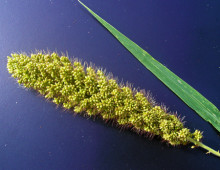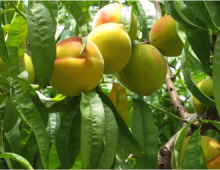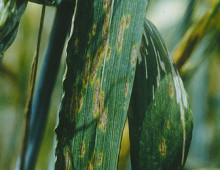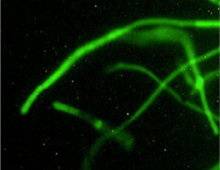Solving the Secrets of Sedimentary Microbes
Microbes from Phylum Chloroflexi Provide Clues to Carbon Cycling, Respiration in Sediments The Science Through metagenomics, researchers sequenced 86 organisms from the phylum Chloroflexi that represent 15 distinct lineages in order to discover the secrets of microbial life within terrestrial aquifer sediment deposits. The Impact These Chloroflexi microbes were found to have metabolic processes involved… [Read More]






